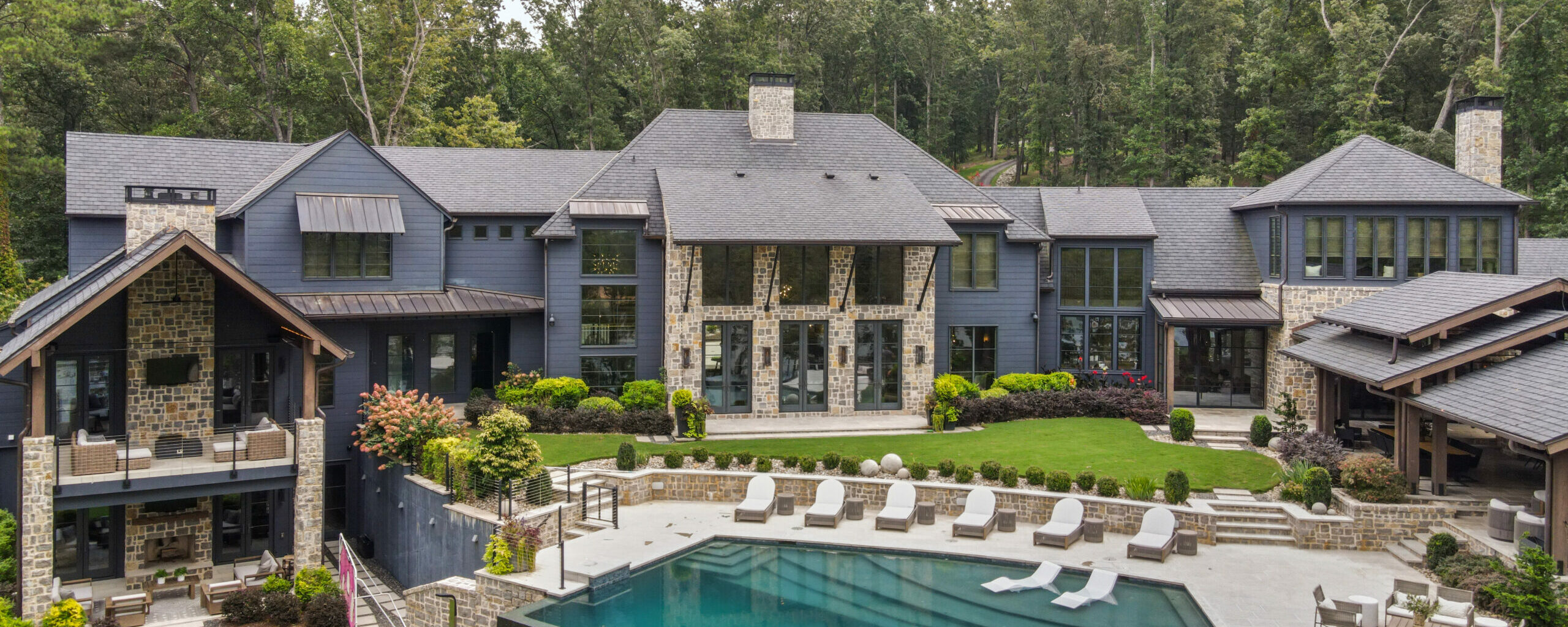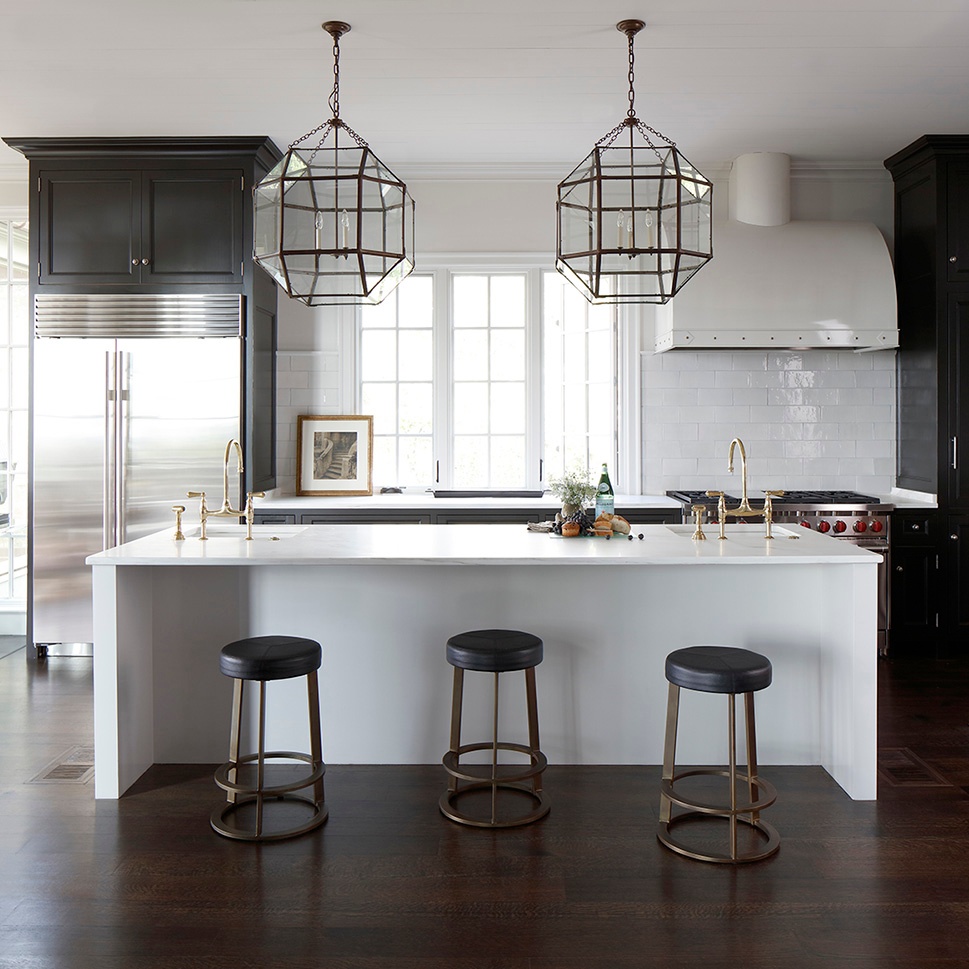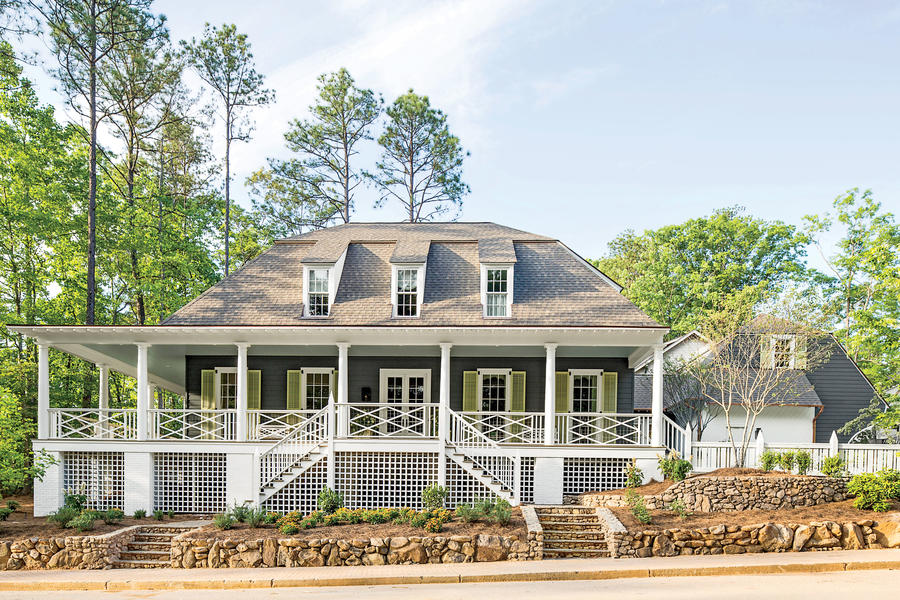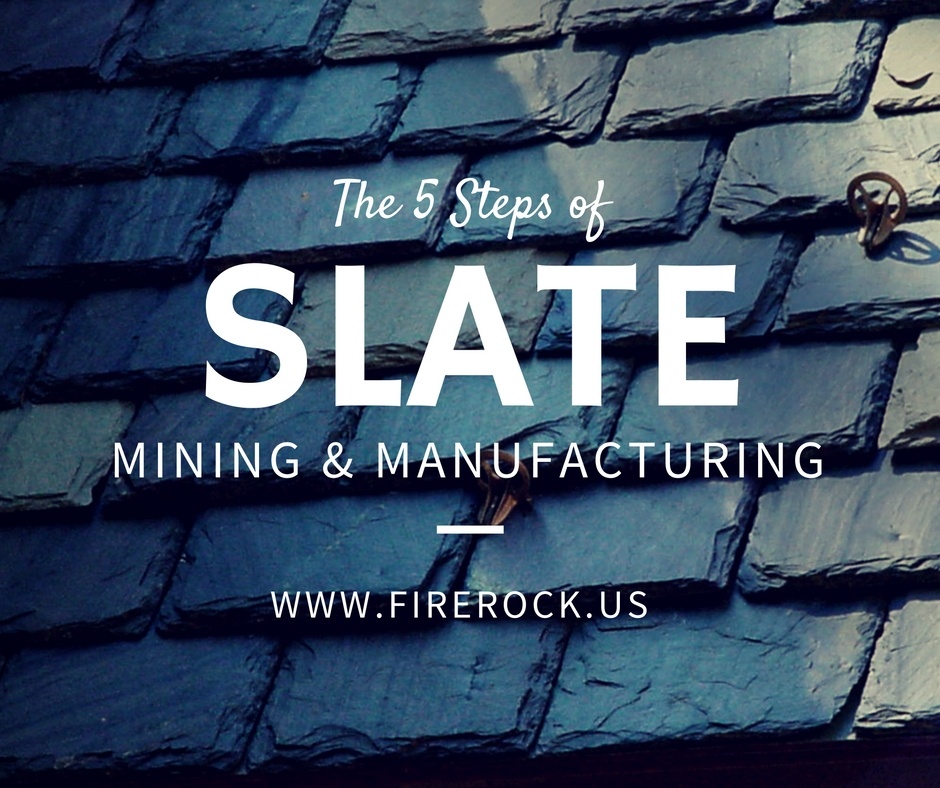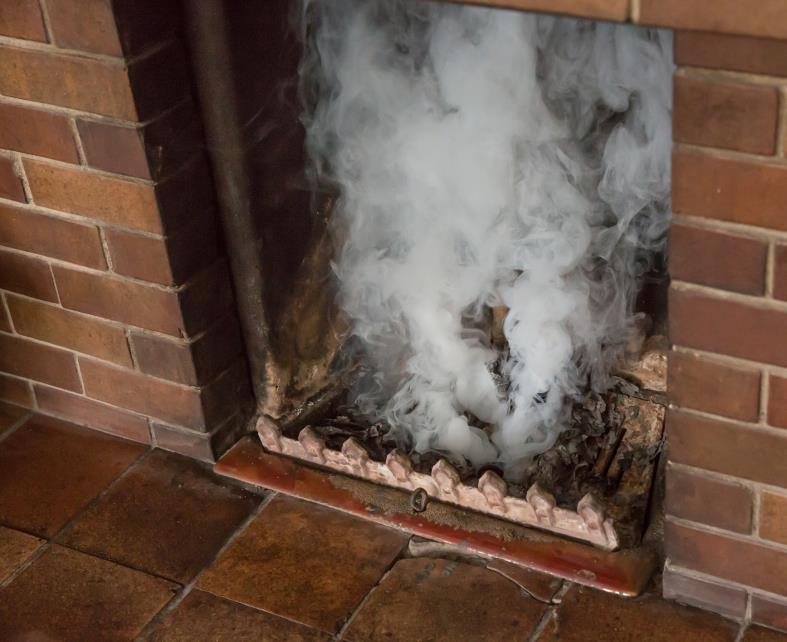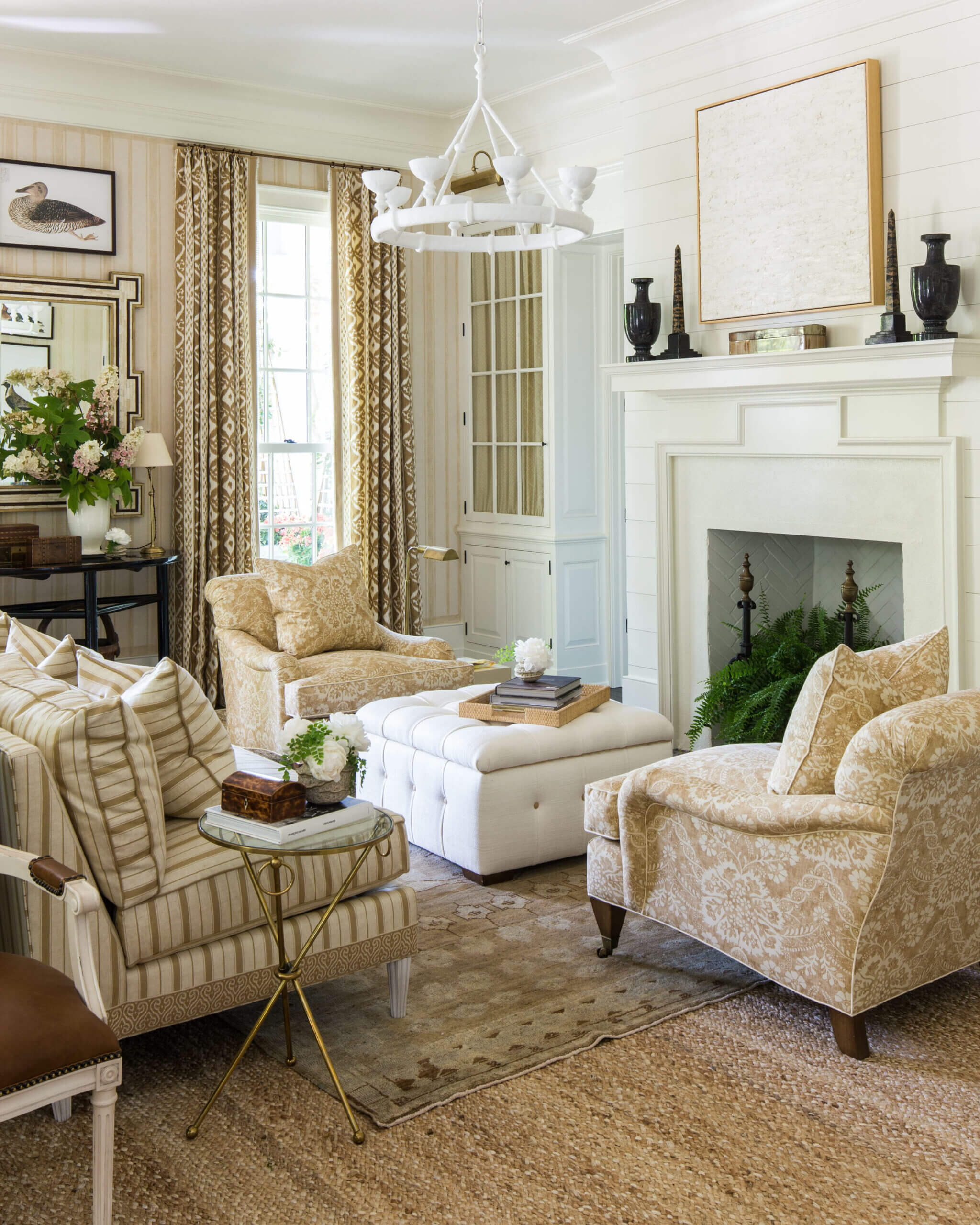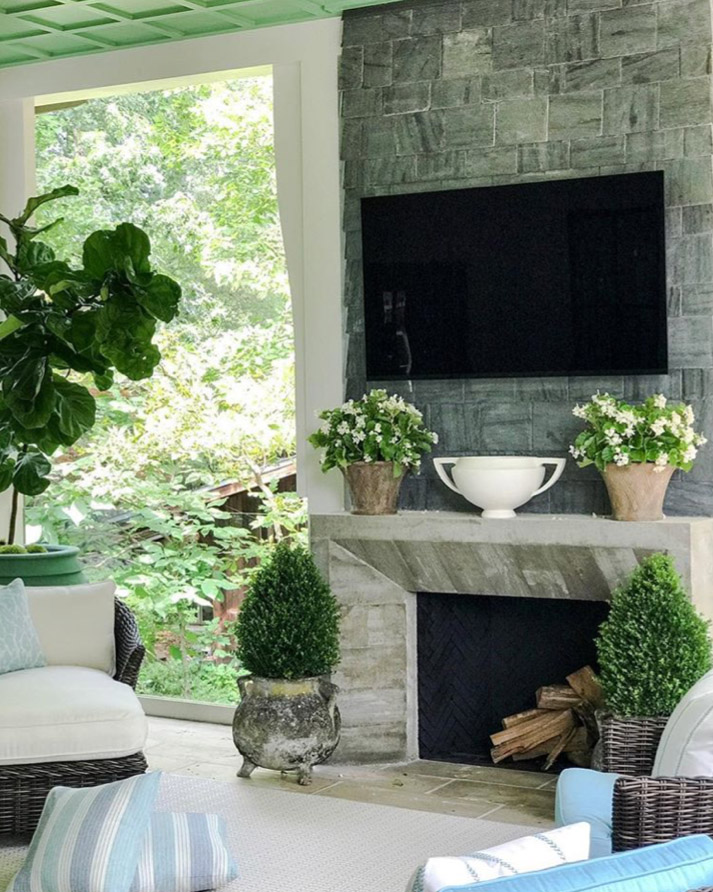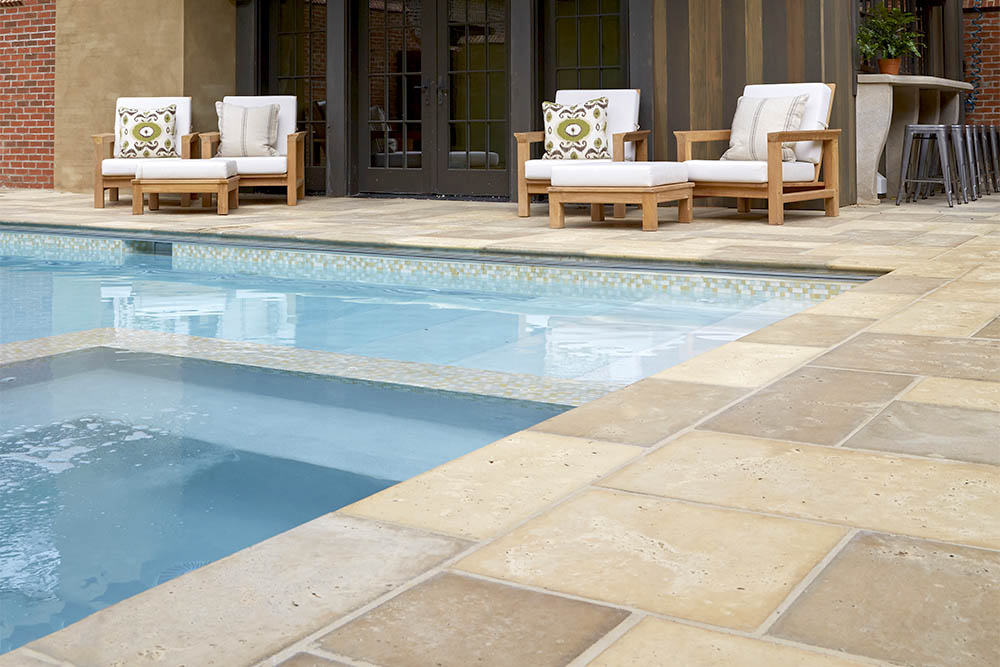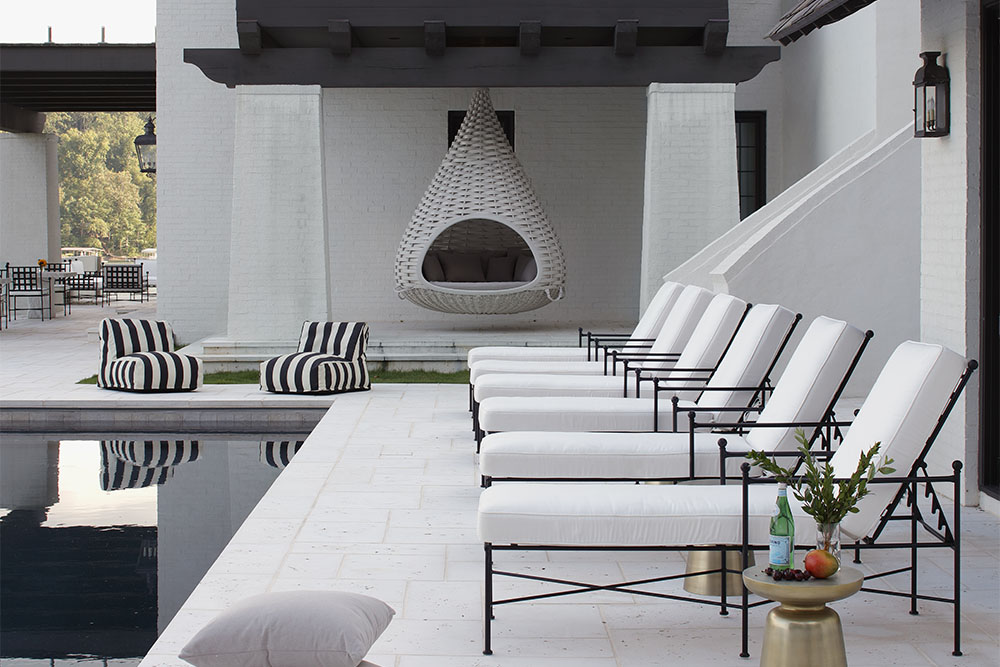Durable Slate & Cedar Roofing
Materials that add the perfect combination of protective and classical design.
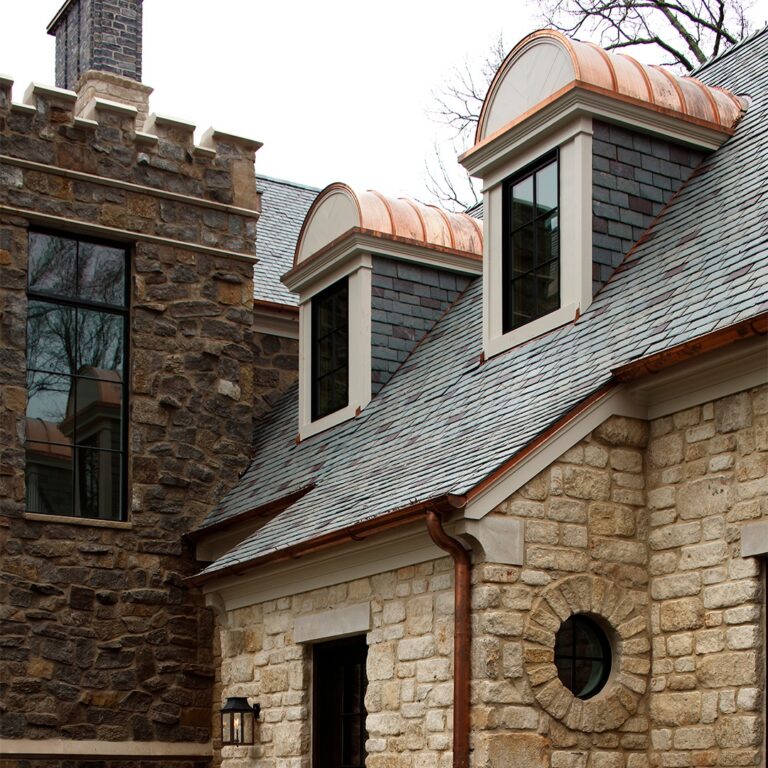
Slate Roofing
Slate protects the inside of a home from the elements better than any other material. In addition to its fortitude, a slate roof is classically stylish. Slate’s longevity can stretch for over a century, and is impervious to weather extremes and temperature fluctuations.
- Dense and does not absorb water
- 100% fireproof
- Hail resistant
- Mold, mildew, and insect resistant
- Some is Miami-Dade accepted for hurricane zones
Cedar Roofing
Bring the warm, natural look of wood to the roof of your home with FireRock’s cedar roofing materials. We source a wide range of cedar shakes, giving you access to a variety of styles and sizes.
- Contain oils that are naturally decay-resistant
- Impervious to UV damage and pests
- Lasts 30-40 years
- Suitable for any climate
- Superior hurricane wind, hail, and earthquake resistance
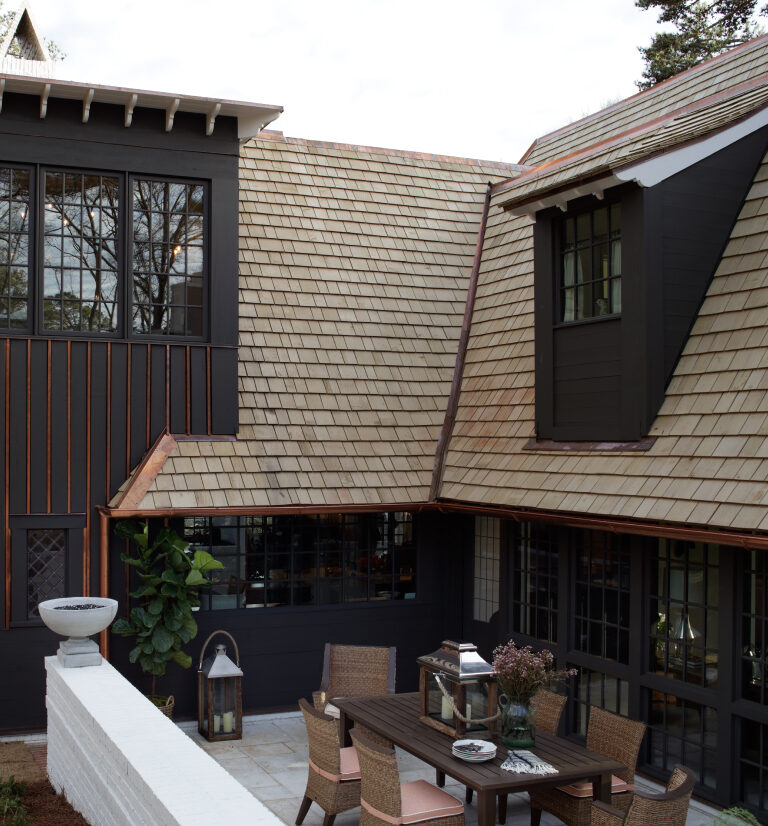
Slate Colors
The color of slate is determined naturally by geological conditions present at its formation within the earth. Just as slate from different regions vary in durability, so will it vary in color. Slate also varies in its ability to retain its color over the years. Some types are very consistent, or “non-weathering,” while others begin to exhibit new shades of color over time (“semi-weathering”.) As opposed to our non-weathering slate, our semi-weathering varieties develop a patina over time that adds character to the look and feel of a space. Below are the colors found in Vermont quarries.
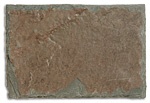
Semi-Weathering Gray/Green
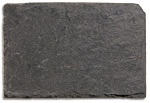
Non-Weathering Purple
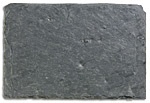
Vermont Clear Gray
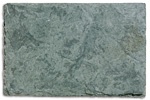
Unfading Green
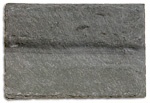
Vermont Strata Gray
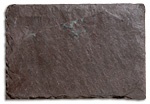
Vermont Unfading Purple/Green
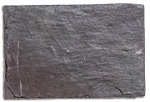
Non-Weathering Mottled Green/Purple
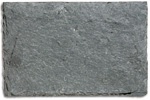
Vermont Wells Gray
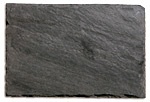
Vermont Gray/Black

Non-Weathering Gray/Green
Slate Density
The density of slate contributes to the stabilization of the indoor temperature of a house. Because slate is denser than other roofing materials, the overall weight of a roof must be considered more seriously.
Note: Each “square” of slate covers 100 square feet.
Note: Each “square” of slate covers 100 square feet.
SLATE GRADE
Standard Grade “Selects”
Rough Texture Grade
Architectural Grade
Heavy Grade
Estate Grade
POUNDS PER SQUARE
680-780
800-1,000
1,200-1,600
1,800-2,200
2,500-3,000
POUNDS PER SQUARE FOOT
6.8-7.8
8.0-10.0
12.0-16.0
18.0-22.0
25.0-30.0
Grades of Slate
Standard
Standard Grade “Selects” are very uniform, ¼” thick, and have a fine texture.
Rough Texture
Rough Texture Grade slates have a unique natural texture and prominent grain definition. They vary from ¼” to ⅜” thick.
Architectural
Architectural Grade slates also have a rough texture because of their more dynamic grain. They have a thickness from ⅜” to ½”. They can be installed alongside a fireplace on a combustible floor with a LiteRock installation kit.
Heavy
Heavy Grade slates are similar to architectural grade slates, but have more overall roof texture, with thickness variation from ½” to ¾.”
Estate
Estate Grade slates exhibit the greatest dynamic range in texture and aesthetic appeal. They also last the longest, as all slates are at least ¾” thick.
Slate Types
Hand-Split and Resawn Shakes
To create this style of cedar shake, cedar blocks are split by a cuber, turning them into straight boards (blanks). The blank is then fed diagonally into a bandsaw, which saws the blank from corner to corner, producing two tapered shakes, each with a natural split face and sawn back.
- Texture on split face side is rustic in appearance
- Most common lengths are 18” to 24”
- Butt thickness ranges from ½” to 1”
- For use on roofs with a 4:12 pitch and steeper
Tapersawn Shakes
These cedar shakes have the smoother appearance typical of a shingle, but with the extra thickness of a shake, allowing for the same installation procedures and exposures of a shake, as long as a felt underlayment paper is used as is for shakes.
This style is produced by sawing both faces with a saw machine. The taper is achieved by the mechanical angle setting of the machinery relative to the saw blade for each cut.
This style is produced by sawing both faces with a saw machine. The taper is achieved by the mechanical angle setting of the machinery relative to the saw blade for each cut.
- Semi-textured look on both sides
- Available in lengths 18” and 24”
- Butt thickness ranges from ⅝” to 1.5”
- For use on roofs with a 4:12 slope and steeper where a uniform appearance is desired
Roofing Specifications
Note: These specifications are a small sample of what we offer. FireRock can provide a variety of shake types and shingles upon request.
ATTRIBUTE
Grade
Shake Type
Butt Thickness
Treatment
Maximum Exposure
24” MEDIUM SHAKES
#1 Grade (“Blue Label”)
Handsplit + Resawn
½”
CCA Treated
10”
24” HEAVY SHAKES
#1 Grade (“Blue Label”)
Handsplit + Resawn
¾”
CCA Treated
10”
18” MEDIUM SHAKES
#1 Grade (“Blue Label”)
Handsplit + Resawn
½”
CCA Treated
7.5”
18” HEAVY SHAKES
#1 Grade (“Blue Label”)
Handsplit + Resawn
¾”
CCA Treated
7.5”
Cedar shake samples are available in both Handsplit + Resawn and Tapersawn styles.
FAQs
What is the best way to optimize my dollar with different sized slates?
Longer and thicker slate tiles can be significantly more expensive than shorter, thinner tiles. While the options are truly infinite for combining different sizes and thicknesses, sticking to minimum head lap specifications can help manage materials costs. A graduated roof (thinner pieces toward the roof peak, thicker pieces toward the roof eaves) is another way to achieve a heavy, robust look at a lower average price. It won’t be right for every architectural style, but for cottages, mountain homes and rustic styles, a graduated roof can be a show-stopper!
Helpful Resources
Information on types of roofing, troubleshooting, engineering, and more.
Ready to Learn More?
Reach out today for more information on our Slate & Cedar Roofing and more.
